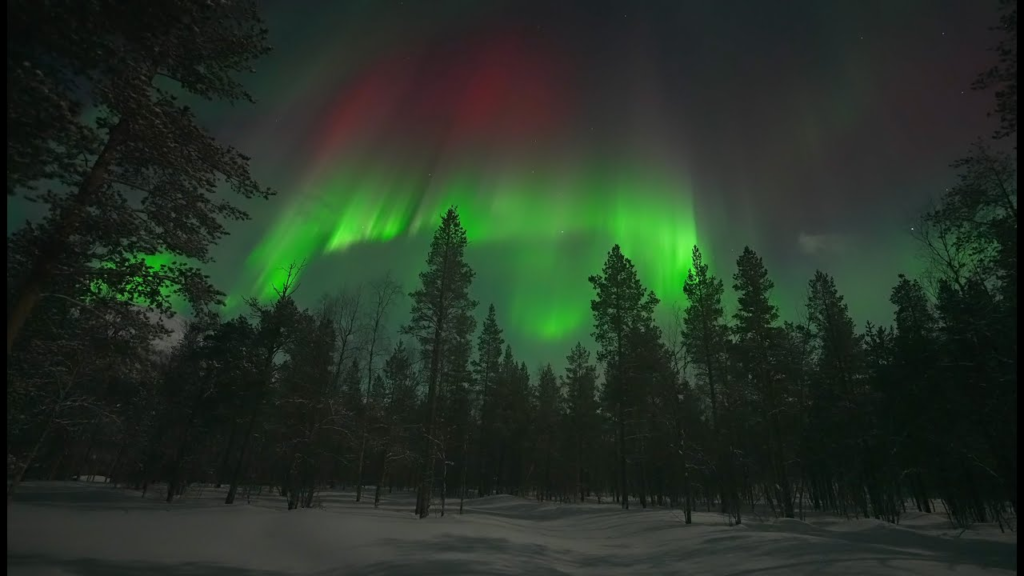Auroras, often referred to as the Northern and Southern Lights, are one of the most breathtaking natural phenomena visible from Earth.
While the most common colors are shades of green and blue, occasionally, these celestial light shows display a rare and striking hue: red.
Red auroras, though less frequently observed than their green counterparts, are a mesmerizing spectacle that captivates skywatchers around the world. In this article, we’ll explore the science behind red auroras and the awe-inspiring sights they create.
What Causes Red Auroras?

Auroras occur when charged particles from the sun, known as solar wind, interact with the Earth’s magnetic field and atmosphere.
Typically, green auroras are the most common, caused by the interaction of solar particles with oxygen at altitudes of around 60 to 150 miles above the Earth’s surface.
However, under specific conditions, red auroras can occur. Red auroras are primarily caused by the presence of higher-altitude oxygen molecules, typically at altitudes greater than 150 miles.
When solar particles collide with these oxygen molecules at higher altitudes, they emit longer wavelengths of light, resulting in the distinctive red glow.
When and Where to See Red Auroras

Red auroras are relatively rare compared to their green counterparts, but they can be observed under certain conditions.
They are most commonly seen during periods of heightened solar activity, such as during solar storms or strong geomagnetic storms.

These events increase the intensity and extent of auroral displays, making it more likely for red auroras to occur.
Geographically, red auroras can be seen at high latitudes, particularly in regions close to the magnetic poles, such as Scandinavia, Canada, Alaska, and Antarctica. However, during particularly strong solar events, red auroras have been reported at lower latitudes as well, providing even more people with the opportunity to witness this breathtaking phenomenon.
The Awe-Inspiring Sight

Witnessing a red aurora is a truly awe-inspiring experience. Unlike the more common green auroras, red auroras cast a deep, rich hue across the night sky, painting the heavens with vibrant shades of crimson, magenta, and scarlet.
The sight of these fiery ribbons dancing across the stars is nothing short of magical, leaving observers feeling humbled by the beauty of the natural world.
Photographers and astronomers alike flock to areas where red auroras are forecasted, hoping to capture the phenomenon in all its glory.
Stunning images of red auroras against snow-covered landscapes, rugged mountains, or reflected in still waters are cherished by enthusiasts and shared across social media platforms, inspiring wonder and admiration in viewers around the globe.
Conclusion
Red auroras are a rare and mesmerizing sight, offering a vivid glimpse into the dynamic interactions between the sun, Earth’s magnetic field, and atmosphere. While they may be less common than their green counterparts, the sight of a red aurora is an unforgettable experience that leaves a lasting impression on all who are fortunate enough to witness it.
As we continue to study and understand the mechanisms behind auroras, including the conditions that give rise to red auroras, we can appreciate these celestial displays even more. Whether you’re a seasoned skywatcher or simply an admirer of natural beauty, witnessing a red aurora is a reminder of the awe-inspiring wonders that the universe has to offer.

